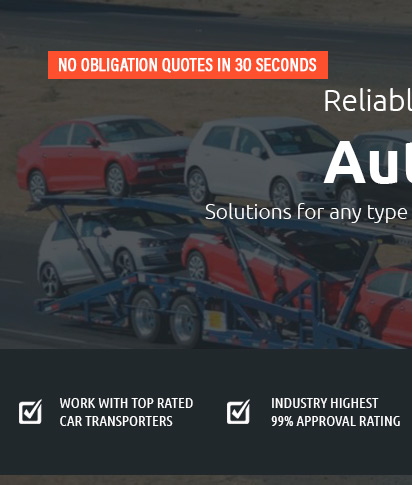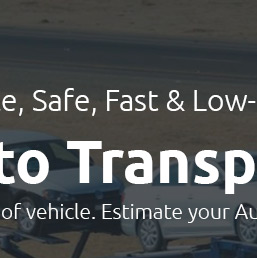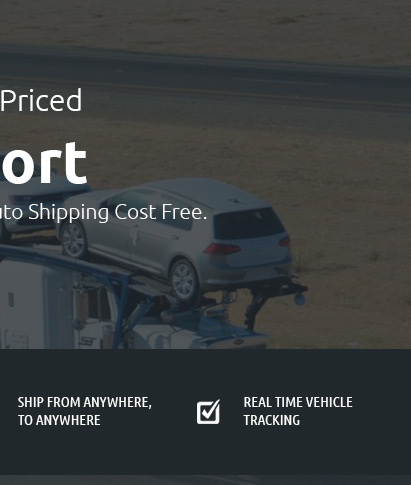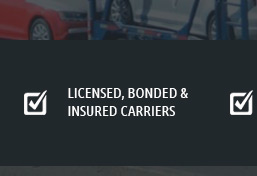 |
|
||||
 |
 |
 |
 |
||
 |
 |
|||||
 |
 |
 |
 |
 |
 |
 |
||
 |
 |
 |
 |
 |
 |
 |
 |
 |
 |
 |
|
 |
Exploring the Intricacies of Car Shipping from AlaskaWhen it comes to the topic of car shipping from Alaska, one might find themselves navigating a maze of options and considerations. Whether you're relocating for work, purchasing a vehicle, or simply moving back to the contiguous United States, understanding the nuances of this process is essential. Firstly, it's important to acknowledge the geographical uniqueness of Alaska. Separated from the lower 48 states not only by vast distances but also by the challenging terrains and the infamous weather conditions, shipping a vehicle from this northernmost state is an endeavor that requires careful planning and decision-making. But fear not, as several options are available, each with its own set of pros and cons. One of the most popular methods is shipping by sea. This option typically involves transporting your car via a RORO (Roll-on/Roll-off) service or using a container. The RORO method is often more economical, as it allows the vehicle to be driven onto the ship. However, some might argue that container shipping offers better protection against the elements, albeit at a higher cost. The sea route generally runs from ports such as Anchorage or Whittier down to Seattle or Tacoma, from where further arrangements are made to transport your car to its final destination. Another viable option is overland shipping, which involves trucking your vehicle through Canada. While this option can sometimes offer quicker transit times, it does come with its own set of challenges, such as navigating customs regulations and potential delays at the border. Moreover, the additional mileage may cause some wear and tear on your vehicle, a factor worth considering. For those who value speed over cost, air freight is also an option, though it is typically reserved for luxury or time-sensitive shipments due to its high expense. Air shipping offers the fastest delivery times, but the price tag can be a significant deterrent for most.
Ultimately, the choice of shipping method depends on your individual needs and circumstances. It's crucial to weigh factors like budget, timing, and vehicle safety to make an informed decision. Consider speaking with multiple shipping companies to gather quotes and understand their offerings, as this will give you a clearer picture of what's feasible for your situation. In conclusion, while car shipping from Alaska presents unique challenges, it is a manageable task with the right approach. By thoroughly researching and planning your move, you can ensure a smooth transition for your vehicle, allowing you to focus on the many other aspects of your relocation or purchase. https://www.jandstransport.com/routes/interstate/alaska-california-auto-transport/
It takes about two weeks to ship a car from Alaska to California. For a current estimated time of delivery from Alaska to California, please call us at (800) ... https://www.matson.com/ocean-services/alaska/ship-your-car-to-alaska.html
For more information or to book your car, boat or RV, contact Alaska Customer Service 1-877-678-7447 or click here. https://www.shipacarinc.com/alaska-car-shipping/
Effortlessly shipping cars, motorcycles, trucks or any vehicle to/from any location in Alaska. Calculate your shipping rate in 3 easy steps!
|
